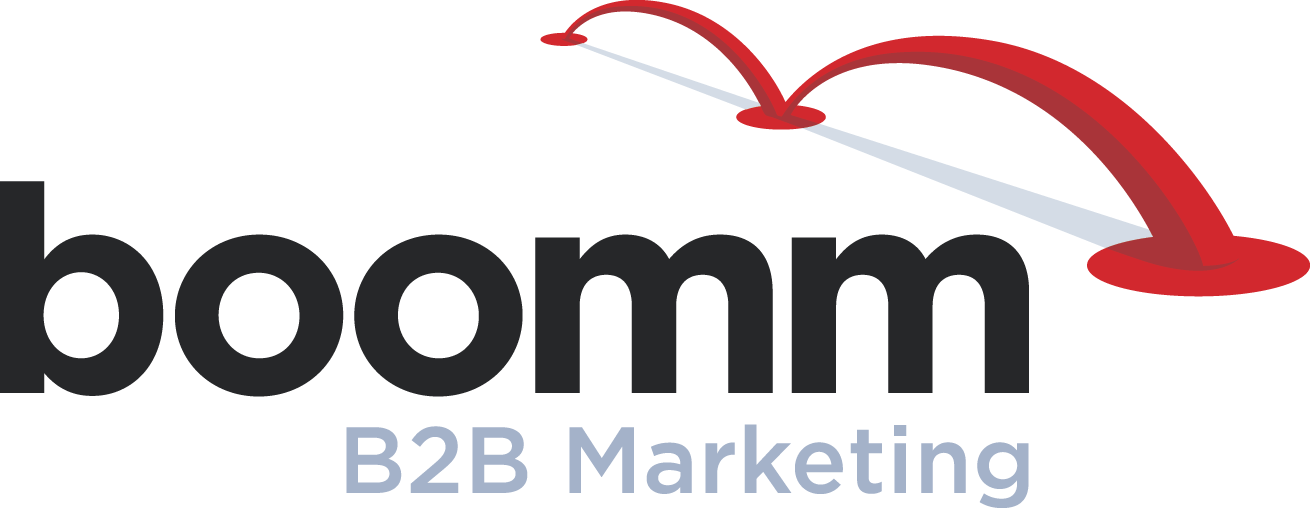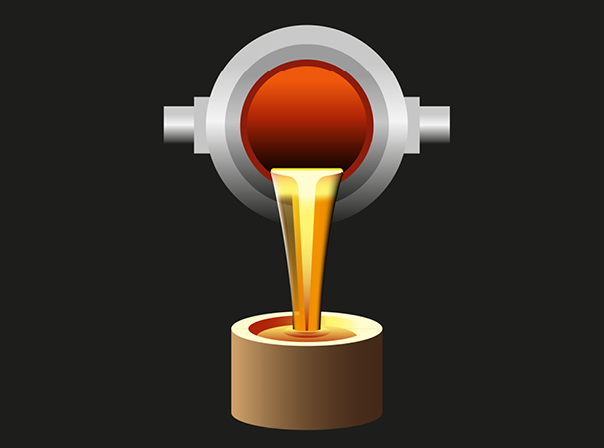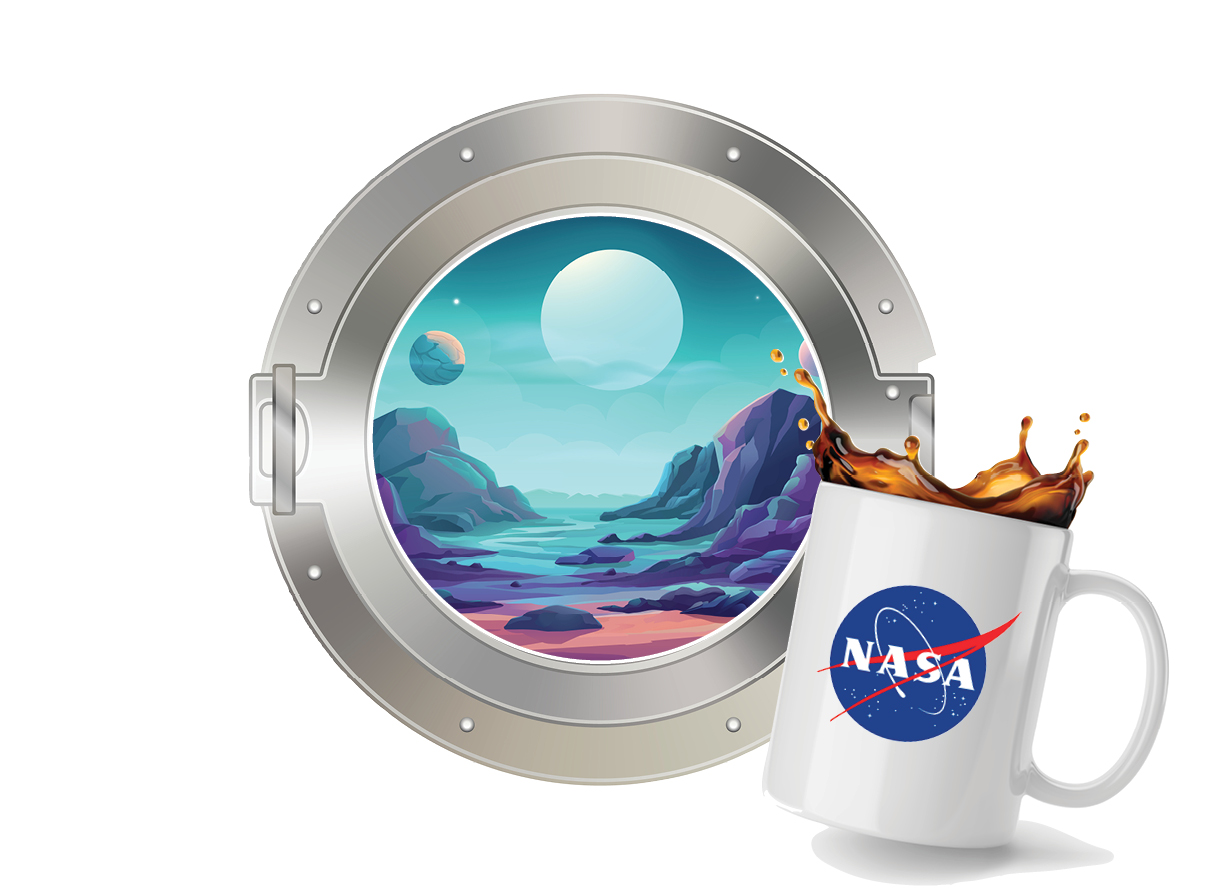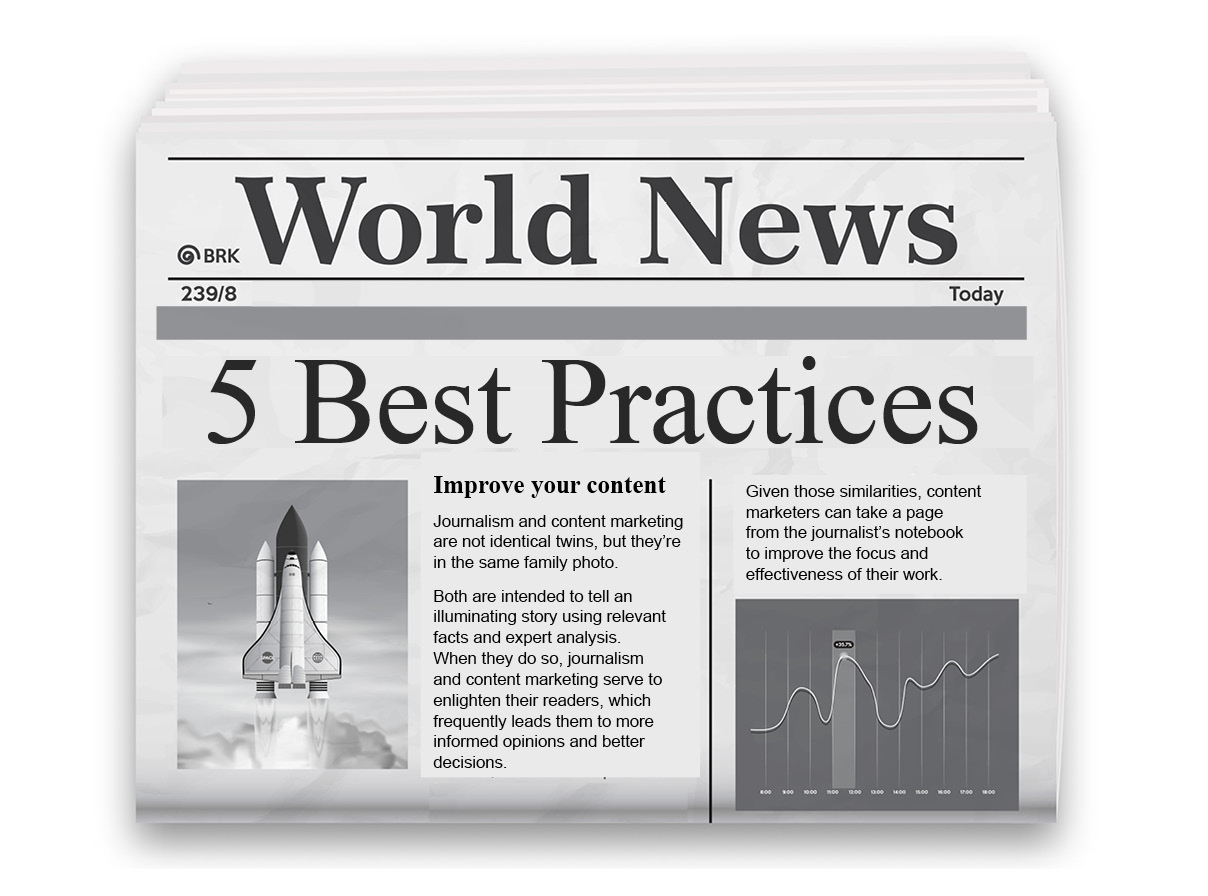The marketing melting pot
For generations, America took pride in its reputation as the “great melting pot.” This was the country that welcomed refugees from around the world; a place that benefitted from the unique strengths of all cultures coming together. We even had an inspiring message to greet those travel-weary souls: Give me your tired, your poor, Your huddled masses yearning to breathe free The current state of our nation as a global refuge is a combustible topic these days and this humble blog is staying well out of it. However, we do want to shine a spotlight on another great melting pot that has emerged: the one called marketing. The ironclad borders that rigidly segmented marketing disciplines
Marketers give thanks
Are you feeling grateful at this moment? If not, we certainly won’t blame you. There’s not a lot of thankfulness in our world right now. Political parties, governments, religions, entertainers, sports teams and even educational institutions all seem to be at odds with each other. Enough. It’s time to put the anger away for a little while. Thanksgiving is fast approaching, and it’s supposed to be about expressing genuine gratitude. So, to put it bluntly, what are you thankful for? We asked our network that very question. We were curious to know what in their professional lives made them feel grateful. There were no rules regarding the responses except one: the reply had
Boomm’s B2B horror stories
Last Halloween season, Boomm shared a blog article with some of our favorite B2B horror stories. But you know how it works with scary movies: There’s always a sequel. Here are this year’s tales of terror with more of the ghostly apparitions that haunt the hallways of agencies. These are all true-life B2B horror stories. In fact, you probably have encountered one or two of these frights in your career. The curse of the “Bloody Logo” It was almost midnight but the lights were still burning in the Creative Department. In the morning, the agency needed to send a digital campaign to a long list of industry publications across the globe, and that meant
Don’t space out
The people at NASA have our deep respect. They are extremely intelligent, truly dedicated and possess a remarkable vision for the future. Consider some of the milestones our space program can claim: Launched the first U.S. satellite Put the first American in space Landed the first humans on the moon Created reusable spacecrafts with the Space Shuttles Captured astonishing images with the Hubble Space Telescope Facilitated collaboration and exploration with the International Space Station Even when things are bleak, NASA finds a solution. The “successful failure” of Apollo 13 defined crisis management for generations to come. Which leads us to an almost unfathomable fact: NASA never trademarked their logo. How can that be? The
Created or generated
Going forward, all creative work will be separated into two categories: Either it is created or generated. How can we distill all creative down to such a clear distinction? After all, there are so many nuances to original human thinking and an infinite number of possibilities with AI produced work. The simple dividing line is this: Created If humans developed the work through their own imagination and experience, it is created. That applies even if the execution of the ideas were supported by AI tools. Generated Ads that are concepted, designed and written by AI are generated. That applies even if humans monitored the AI tools, including chatbots and image generators. How common is AI generated work?
The cat that killed a presentation
The following story is true. Ridiculous, but true. The big presentation day dawned golden with promise. In the quiet northern Ohio town, the agency team met in the hotel lobby before heading off to the famous industrial client. “Better go through one last check,” advised the CEO. “This is a big one, after all.” “Creative, are all the concepts tight? Good. It’s almost showtime.” “Media, are we ready with a bulletproof plan for every segment? Thought so. We’ll own this market.” “Account, do you have the budget estimated down to the last penny? Nice. We’re really buttoned up.” “IT, is the presentation loaded and ready to roll? Perfect
B2B success in three words
Assets, insights, trust. Those three simple words hold the key to B2B success. It really is that basic: If you can provide your B2B agency with assets, insights and trust, you will get their best work in return and stay within budget. Why do these essentials matter so much to the end results? And why are they so often neglected in the client-agency relationship? Let’s consider the role of each one and find out. What they are Assets come in a myriad of forms, including brand guidelines, logos, image libraries, fonts, videos, websites, sales data, market research and any other elements that will help give structure to the agency’s thinking. Assets may also include
The happy accident of B2B
You wanted to work on Nike. Or Coca-Cola. Or Apple. You wanted to create commercials with A-listers like Snoop Dogg, Tina Fey, Peyton Manning and Aubrey Plaza. And you wanted to win so many awards that those celebrities would ask for your autograph. Yes, once upon a time you wanted it all. That’s the allure of B2C. Then something inexplicable happened. You accidentally stumbled into B2B. At first, you wondered what went wrong. Instead of being a rising star on some famous B2C brand, you were stuck on an account with a microscopic budget
Thanksgiving Survival Kit
Thanksgiving is a wonderful concept. Family and friends gather, they share good food and gratitude, and everyone goes home happy and satisfied. However, like many great concepts, it sometimes falls flat in the execution. Thanksgiving has become the dreaded day when some of life’s most probing questions are asked. “Did you ever choose a major?” “When are you going to get married?” “Why don’t you have any children?” “When are you going to buy a house?” Ouch. And if you happen to be a B2B marketer, Turkey Day brings an entirely different set of mood-destroying comments. It’s the holiday when your family tries to figure out precisely what you do for a living and determine why anyone
5 journalism best practices for your content marketing
Journalism and content marketing are not identical twins, but they’re in the same family photo. Both are intended to tell an illuminating story using relevant facts and expert analysis. When they do so, journalism and content marketing serve to enlighten their readers, which frequently leads them to more informed opinions and better decisions. Given those similarities, content marketers can take a page from the journalist’s notebook to improve the focus and effectiveness of their work. The following are five foundational best practices of journalism that will take your content development from inception through the finished article. Create an outline A well-constructed outline leads to a good article. The outline does not need












